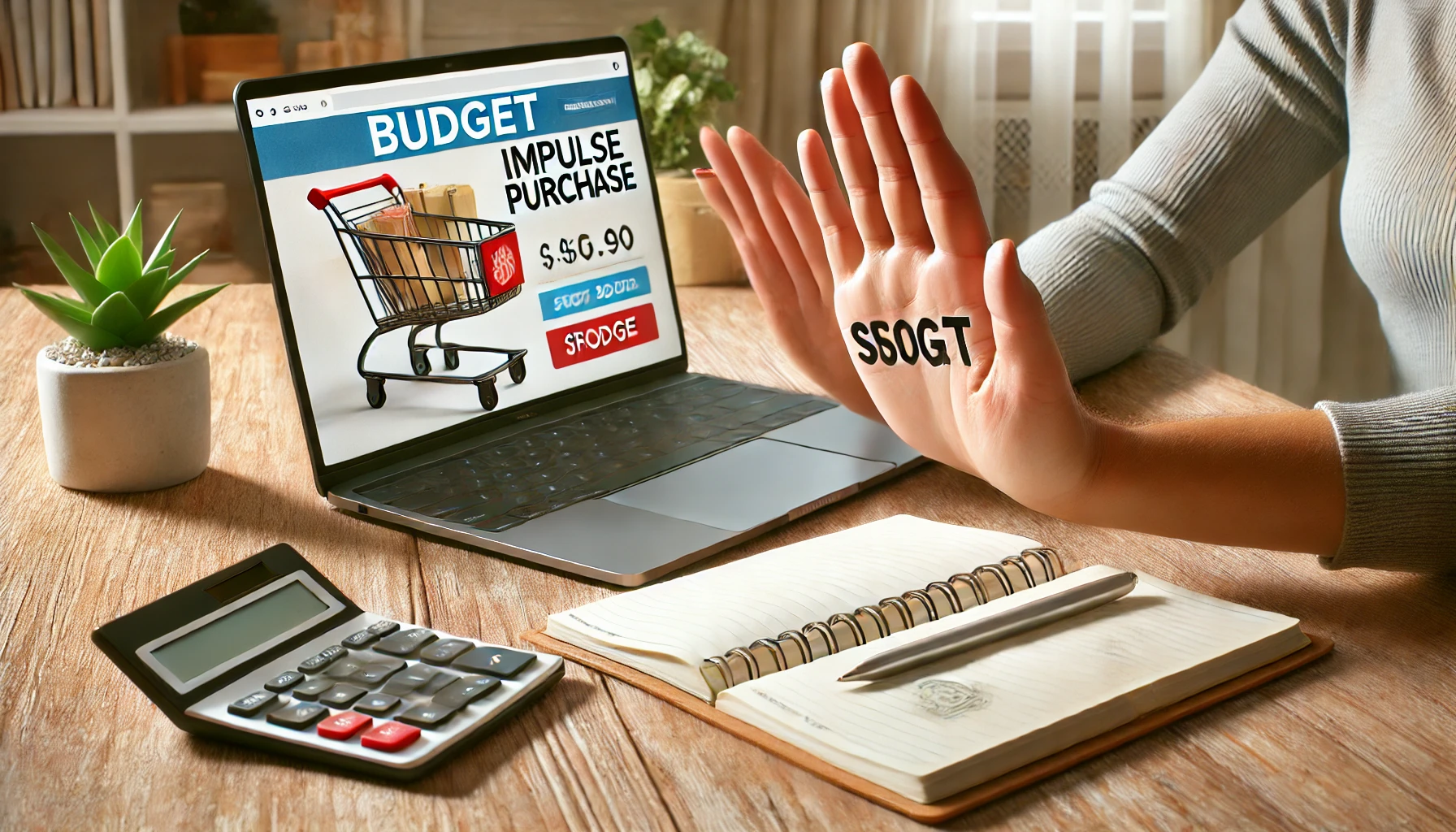Introduction
Impulse buying can ruin your budget and prevent you from reaching your financial goals. Whether it’s an unnecessary online purchase or a tempting sale at the mall, these unplanned expenses add up quickly. Learning how to control impulsive spending can help you save more money and make smarter financial decisions.
1. Understand Why Impulse Buying Happens
Impulse buying is often driven by emotions rather than necessity. Common triggers include:
- Stress or boredom – Shopping as a way to feel better.
- Sales and discounts – Fear of missing out on a “good deal.”
- Social influence – Seeing friends or influencers buying something.
- Lack of planning – Buying items without thinking about their necessity.
Recognizing these triggers is the first step to controlling impulsive purchases.
2. Create a Monthly Budget and Stick to It
A clear budget helps you allocate money wisely.
- Use the 50/30/20 rule:
- 50% for essentials (rent, bills, groceries).
- 30% for wants (entertainment, shopping).
- 20% for savings and debt repayment.
- Set a spending limit for non-essential purchases.
- Use budgeting apps like Mint or YNAB to track expenses.
3. Follow the 24-Hour Rule
When tempted to buy something on impulse, wait at least 24 hours before making a decision.
- This cooling-off period helps determine if the purchase is truly necessary.
- If you forget about the item after a day, it wasn’t important.
- For larger purchases, extend the waiting period to one week.
4. Avoid Tempting Situations
Reduce exposure to triggers that lead to impulse buying.
- Unsubscribe from promotional emails and store newsletters.
- Delete saved credit card details from online stores to make checkout harder.
- Avoid window shopping unless you have a specific purchase in mind.
5. Make a Shopping List and Stick to It
Before shopping, write down exactly what you need and commit to buying only those items.
- For grocery shopping, plan meals in advance to avoid unnecessary purchases.
- For online shopping, add items to the cart but wait a day before checking out.
- Use cash instead of a credit card for better control.
6. Use the “Cost per Use” Method
Before buying, ask yourself:
- How often will I use this item?
- Is it worth the price for the number of times I will use it?
A $100 item used once is expensive, but a $100 item used 100 times costs just $1 per use.
7. Set Savings Goals to Stay Motivated
Having a savings goal makes it easier to resist impulse spending.
- Save for something meaningful, like a vacation, emergency fund, or investment.
- Track progress visually using a savings tracker or app.
- Remind yourself that every impulse purchase delays your bigger financial goals.
8. Use the Envelope System for Discretionary Spending
If you struggle with impulse buying, try the cash envelope system:
- Withdraw a set amount of cash for shopping each month.
- Once the cash is gone, you can’t spend more until the next month.
- This method forces mindful spending.
9. Find Alternative Ways to Handle Emotional Spending
If you shop when bored or stressed, replace the habit with a healthier activity:
- Go for a walk, exercise, or read a book instead of shopping.
- Practice gratitude by listing things you already own and appreciate.
- Limit social media use to avoid influencer-driven spending.
10. Track and Celebrate Your Progress
Breaking impulse buying habits takes time, so celebrate small wins.
- Compare your spending from previous months and see how much you’ve saved.
- Reward yourself with experiences (not material things) when you hit savings milestones.
- Stay accountable by sharing your financial goals with a friend or partner.
Final Thoughts: Take Control of Your Spending Habits
Impulse buying can drain your finances, but with awareness and discipline, you can break the habit. By setting a budget, delaying purchases, and focusing on meaningful financial goals, you’ll save more money and make smarter financial choices. Start today and build a healthier relationship with money!
